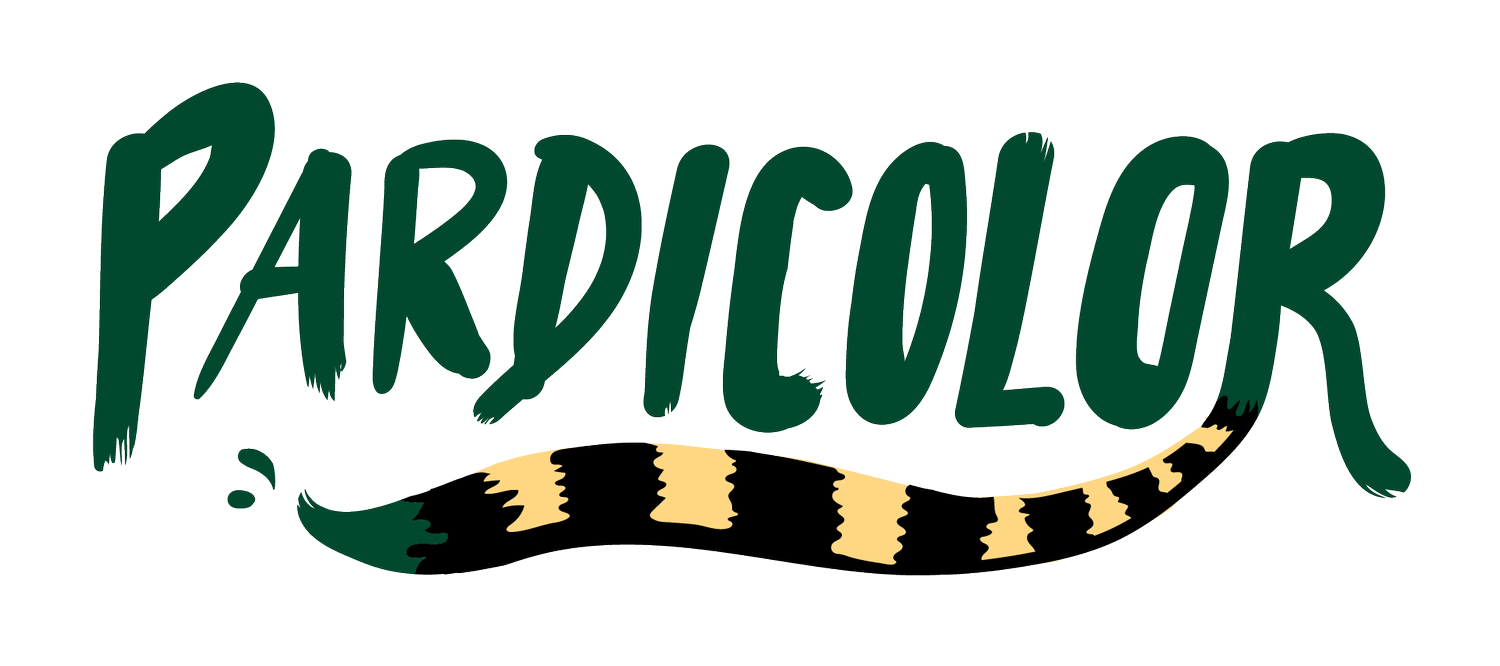Uncaged Conservation
An inclusive audio-visual exploration
of wildlife marketplaces
Choose language:
Scroll
↓
↓
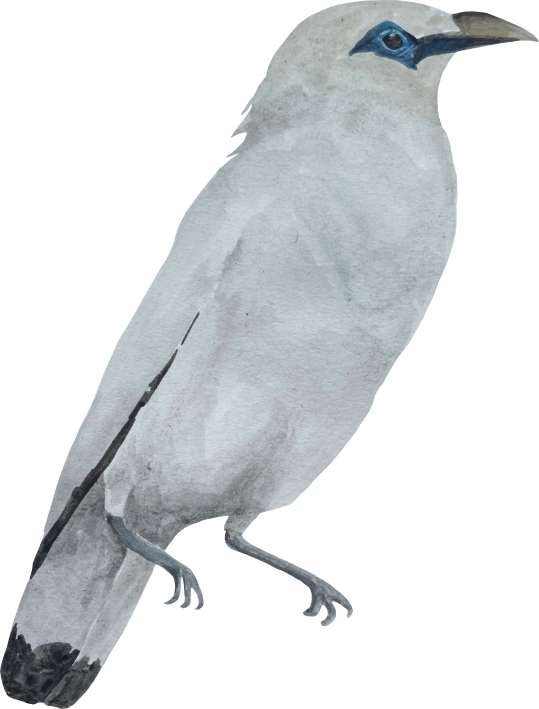
Welcome to Uncaged Conservation
Through this collaborative work of art and science, we want to challenge the misconceptions about the illegal wildlife trade and the people involved. Why do people cage birds and is the appropriate response to the problem of wildlife trade in turn to cage humans in the form of incarceration?
Immerse yourself in the website and experience what it is like to be in a bird market in Indonesia. Use your mouse to scroll through the website to encounter various species of birds. You can click on the bird images to read more information. Because of how rare these birds are, we do not have corresponding recordings. But you can still hear the ambient sounds of the market on the main page.
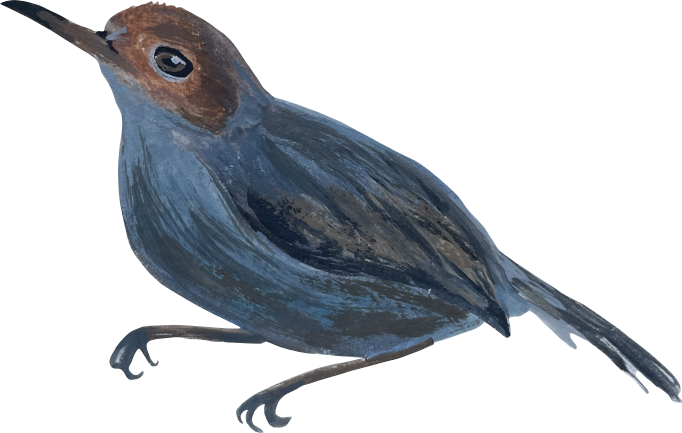
Species Profiles
We have chosen a range of species that are popular in trade for various reasons. Walk through the marketplace and pick a species in the cage to familiarise yourself with. These birds are embedded items in the cages and will be accompanied by details such as species identification and an account of cultural and ecological significance. As you move through the website, the birds are colour-coded according to IUCN threat level with critically endangered species having a red background. Some of these categories need more explaining, such as the IUCN and CITES.
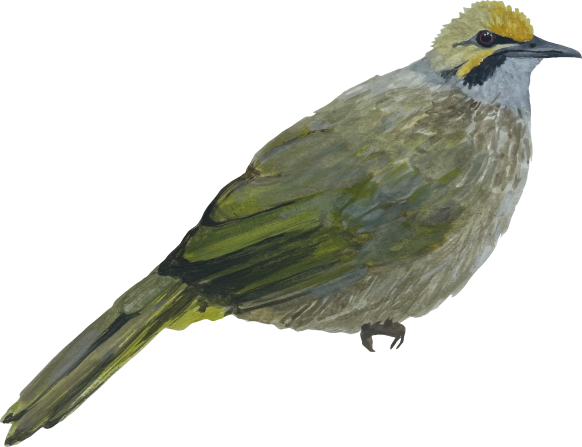
IUCN
The IUCN Red List is the most well-known assessment of species populations worldwide. Made up of non-governmental bodies and scientists from various institutions, it is seen as a global gold standard for monitoring the threats facing wild species. Classifications are made based on data about population numbers and the threats in their habitats, species are then classified into least concern, vulnerable, near threatened, endangered, critically endangered, and extinct in the wild.
CITES
CITES (the Convention on International Trade in Endangered Species of Wild Fauna and Flora) is an international agreement between governments. It aims to ensure that international trade in specimens of wild animals and plants does not threaten the species' survival.
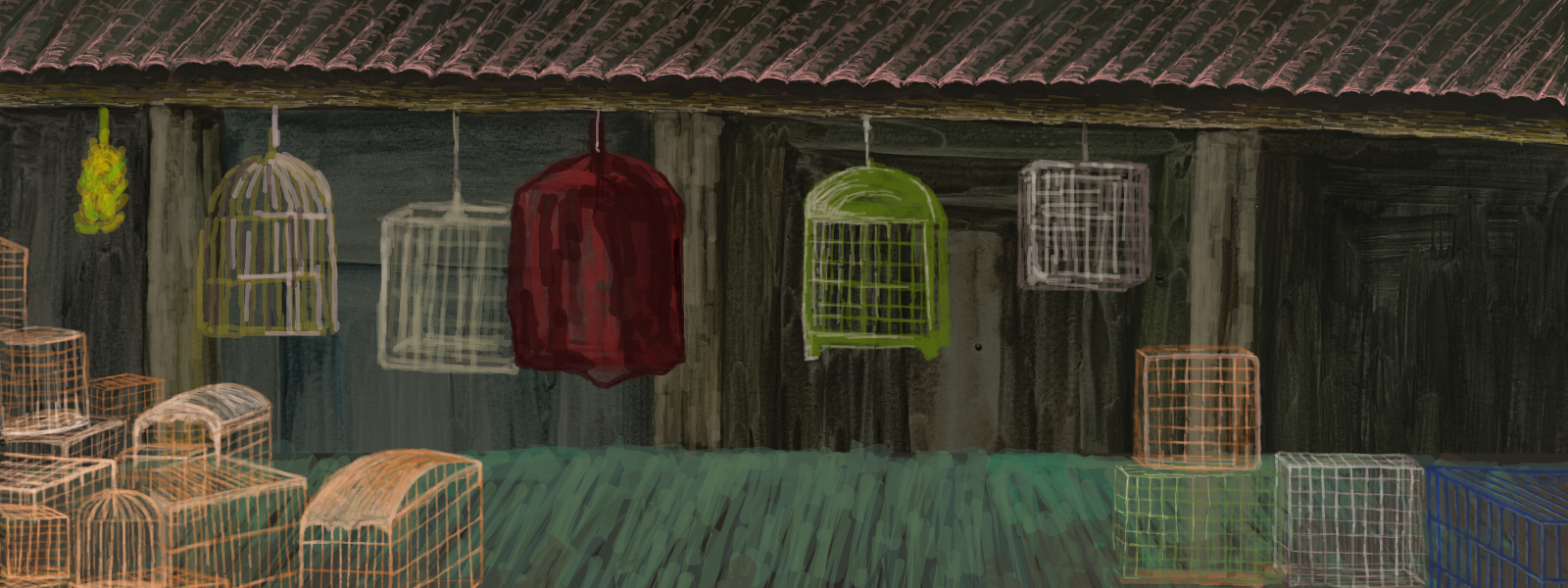
Scroll
↓
↓
Uncaging conservation: The case for an abolition ecology approach to wildlife trade
In Southeast Asia (SE), the demand for songbirds for singing competitions, breeding, prayer release, and as pets has led to uncontrolled trapping and trading of birds. This increased demand for wild-caught birds (most noticeably for competitions and breeding) has resulted in the Asian Songbird Crisis, a declaration made in 2017 by the International Union for the Conservation of Nature (Shepherd and Cassey, 2017).
Within Indonesia, most notably on the island of Java, there have been deep-rooted traditions of keeping birds at home. These traditions, particularly for owning songbirds, have been derived from royal nobility. There are various dimensions to this trade, notably along racial and class lines (the rich collecting birds, the poor hunting birds under economic pressure, and the poor being far more prone to experience legal consequences, including imprisonment (a carceral approach).
Through this website, a collaborative work of art and science, we want to challenge misconceptions about the wildlife trade and the people involved. Why do people cage birds, and is the appropriate response to the problem of wildlife trade to cage humans in the form of incarceration?
How is songbird trade enforced at the moment?
Academic critiques of the songbird trade often adopt a colonial and moral lens, overlooking local human-nature relationships and typically advocating for demand reduction and carceral strategies, which can be problematic in local communities.
Research has shown the ineffectiveness of tough-on-crime strategies to prevent wildlife crime; more than reducing it, the tools of a police state harm communities (Wilson and Boratto, 2020). The local social context in Indonesia is complex, and the uneven economic benefits of songbird trade often do not benefit poorer, rural communities closer to songbird source areas who may be seeking alternative incomes to supplement themselves. Currently, songbird trade actors are vulnerable to up to five years imprisonment and a fine of USD 6,500, which can enhance existing social inequalities that are the underlying drivers for wildlife trade in the first instance (Duffy, 2022, p. 30).
Links between cages, bird trade and prisons
Here, we draw inspiration from abolition ecology, which presents an approach to exploring racial capitalism and environmental racism as interlinked systems of oppression that work hand-in-hand (Heynen and Ybarra, 2021). In the case of bird trade, there can be explicit racism from the conservation sector as well as more complex and invisible conservation ideologies of the Global North that are grounded in oriental stereotypes (Margulies, Wong and Duffy, 2019).
As Morin (2018, p. 81) outlines in her work on animal carceral geography across the USA, the mass incarceration of humans and mass exploitation of nonhuman animals are not analogous, but they are connected. We are not comparing the experiences of incarcerated humans to those of caged animals. However, we question the reliance on these violent (or threats of violence) systems and the use of these in adequately addressing the drivers of illegal wildlife trade.
Conclusions
Our website, combined with this essay, explores the realities of wildlife marketplaces and critiques conservation’s sometimes wilful engagement with the prison system. We do not want to minimise the harms that birds face in cages and through the trading process, sometimes getting seriously hurt or even dying. However, we want readers to understand that the wildlife trade is not an isolated process and is situated within larger oppressive systems of class, race and gender. We invite you to consider these connections. After going through and experiencing this website, has the information provided changed your attitudes on the use of incarceration in attempts to combat the illegal trade in wildlife?
References
Duffy, R. (2022) Security and Conservation: The Politics of the Illegal Wildlife Trade. Yale University Press. Available at: https://doi.org/10.2307/j.ctv2g591km.
Heynen, N. and Ybarra, M. (2021) ‘On Abolition Ecologies and Making “Freedom as a Place”’, Antipode, 53(1), pp. 21–35. Available at: https://doi.org/10.1111/anti.12666.
Margulies, J.D., Wong, R.W.Y. and Duffy, R. (2019) ‘The imaginary “Asian Super Consumer”: A critique of demand reduction campaigns for the illegal wildlife trade’, Geoforum, 107, pp. 216–219. Available at: https://doi.org/10.1016/j.geoforum.2019.10.005.
Morin, K.M. (2018) Carceral Space, Prisoners and Animals. Available at: https://www.routledge.com/Carceral-Space-Prisoners-and-Animals/Morin/p/book/9780367359997 (Accessed: 8 June 2024).
hepherd, C. and Cassey, P. (2017) ‘Songbird trade crisis in Southeast Asia leads to the formation of IUCN SSC Asian Songbird Trade Specialist Group (Guest Editorial)’, 5.
Wilson, L. and Boratto, R. (2020) ‘Conservation, wildlife crime, and tough-on-crime policies: Lessons from the criminological literature’, Biological Conservation, 251, p. 108810. Available at: https://doi.org/10.1016/j.biocon.2020.108810.
This project is based on research done by Sicily Fiennes as part of their PhD. Sicily has done the project conceptualisation in collaboration with Ishaan Patil who created the illustrations. Louis Lugas has created the website. Research support in the field primarily provided by Novi Hardianto and Silvi Dwi Anasari. Creature Conserve and Pardicolor has supported the project. If you have any questions about the project or the research please contact Sicily Fiennes , Ishaan Patil or Louis Lugas .
If you would like to give us feedback about your experience of the website and share any reflections, click the link to fill the form.

